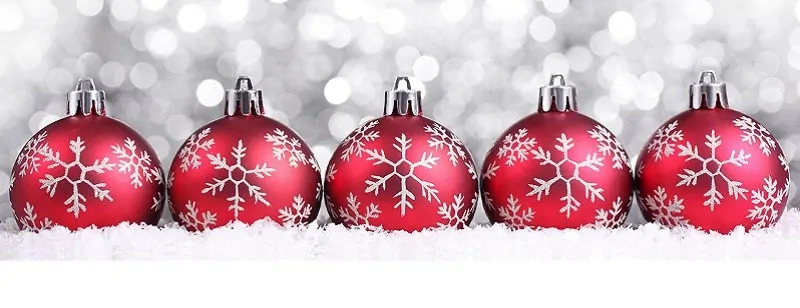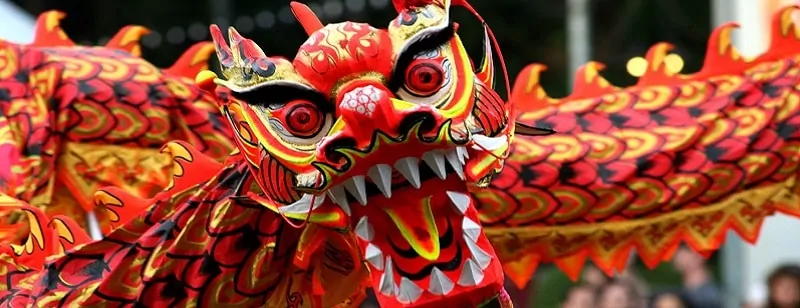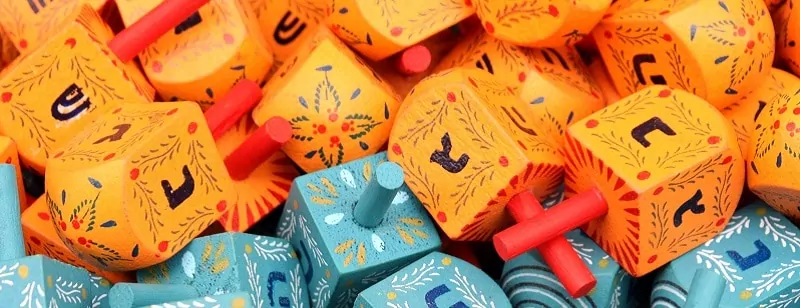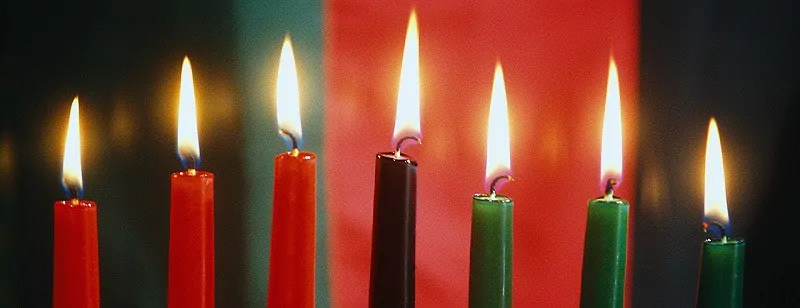Winter Holidays and Festivities Around the Globe: Offering Your Season’s Greetings and Felicitations

With everything becoming rapidly shrowded in red and green and gold, raindeers and sleighs and Santas poking out of every corner, it may seem that Christmas is indeed the only holiday this season. But there are so many wonderful holidays and traditions celebrated accross the globe in someone else’s homes or countries or cultures, in far and distant places you may never visit. With the world turning to one big global village residing on the Internet, “accross the globe“ really isn’t that far- it is just a few clicks or a Facebook friend away, so wouldn’t it be nice to know a bit more about them and learn the right way to offer your season’s greetings?
Chinese New Year

Chinese New Year is the most important of the traditional Chinese holidays. Like many other holidays, it falls on different dates each year, between January 21 and February 20 on the Gregorian calendar. Because the Chinese calendar is lunisolar, the Chinese New Year is often referred to as the “Lunar New Year“. The celebrations usually run from Chinese New Year’s Eve, the last day of the last month of the Chinese calendar, to the Lantern Festival on the 15th day of the first month, which makes it the longest festival in the Chinese calendar. Visits to friends and family take place during this celebration and before families gather for a reunion dinner, the houses are througly swept to sweep away all the ill-fortune and make way for good luck, and everything is decorated with red and gold for luck and wealth.
Season’s Greetings: There are many wonderful traditional ways of offering felicitations for Chinese New Year, like, Jīnyùmǎntáng (May your wealth come to fill a hall), Dàzhǎnhóngtú (May you realize your ambitions), Yíngchúnjiēfú (Greet the New Year and encounter happiness) or Jíqìngyǒuyú (May your happiness be without limit). However, good old western „Happy New Year“ is now widely accepted, and it might be the best choice, especially if you haven’t brushed up on your Mandarin or Cantonese.
Hanukkah
Also known as the Festival of Lights or Feast of Dedication, it is a Jewish holiday commemorating the rededication of the Holy Temple (the Second Temple). It is observed for eight nights and days, starting on the 25th day of Kislev according to the Hebrew calendar, which may fall at any date from late November to late December in the Gregorian calendar.
Every night of Hanukkah an additional candle is lit in a special candelbra called Menorah, which should burn for at least one half hour after it gets dark, and three blessings (or brachot) are recited . There is also a custom of eating foods fried or baked in oil (preferably olive oil) to commemorate the miracle of a small flask of oil that kept the flame in the Temple alive for eight days, an event also featured int he well known game of dreidel. The letters on the sides of this toy are an acronym for the Hebrew words נס גדול היה שם (Nes Gadol Haya Sham), which means “A great miracle happened there”.
Season’s greetings: Happy Hanukkah (with a guttural initial „H“) does the trick, but if you were looking forward to some tongue twisters, Gut Yontiff litrelly means „Good holiday“ and is applicable for more or less any holiday in the Jewish tradition.
Eid Al Adha
Eid Al Adha or Kurban Bayram does not actually always fall in the winter season as defined by the Gregorian calendar- it is celebrated on the 10th day of Dhu al-Hijjah, the twelfth and final month of the Islamic calendar but since there is an 11 day difference between the lunar and Gregorian calendar, it can fall in any season of the year. The holiday commemorates the willingness of the prophet Ibrahim (or Abraham) to sacrifice his son for God. It is celebrated by Eid prayers, gathering of family and friends, special meals and wearing new clothes, and more traditional observances involve an animal sacrifice, whose meat is evenly distributed into three parts- one for the family whose sacrifice it was, one for friend and family and one third for the needy. This is also the time when many Muslims decide to go to
Season’s greetings: Appropriate words in any language are welcome, but some more traditional or common greetings are “Eid Mubarak” (Blessed Eid) and “Eid Saeed”(Happy Eid!)
Kwanzaa
Kwanzaa is a week-long celebration held and originated in the United States and is meant to honor African heritage in African-American culture. It starts on December 26 and lasts until January 1, culminating in a feast and gift-giving. During this celebration, friends and family gather to light a series of black, red and green candles which represent the seven core principles (or Nguzo Saba): unity, self-determination, collective work and responsibility, cooperative economics, purpose, creativity, and faith. It is a fairly new holiday in its origins, created by Maulana Karenga 1966 as the first specifically African-American holiday.
Season’s greetings: „Happy Kwanza“ will do the trick. Keeping it simple and from the heart is always a good formula for any felicitations.
What are your holiday traditions and festivities?


